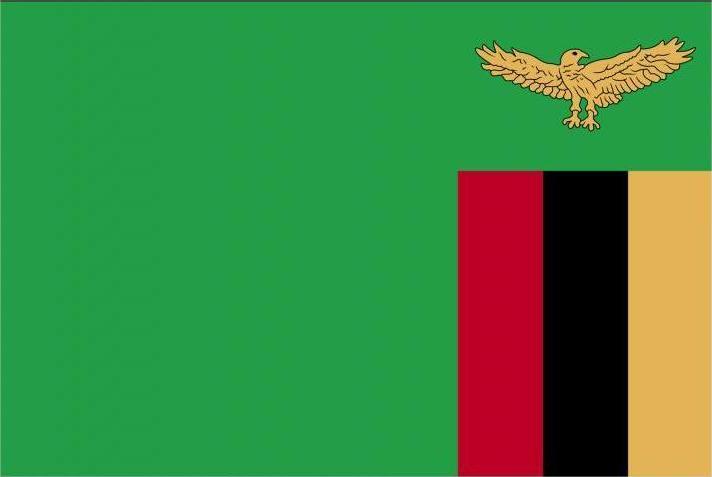Zambia's New IMF Deal Shifts China to the Backseat
The last two months have been busy for Situmbeko Musokotwane, Zambia's finance minister. He has finally secured a zero-interest loan of $1.3 billion with a grace period of five-and-a-half years, and a final maturity of 10 years, from the IMF. The loan was buttressed by a series of prior discussions by Zambia’s creditors that for the first time included China, which accounts for roughly 30 percent of Zambia’s debt – similar to (non-Chinese) private creditors.
But is this really a good deal? And what does the IMF deal portend for other low- and middle-income countries classified as facing “debt distress,” including with regards to finance from China?
Looking at the details of the IMF report released to set out the terms and conditions of the deal, as well as recent announcements by Zambia’s Ministry of Finance and National Planning, there are two key aspects of Zambia’s agreement with the IMF to understand.
First, Zambia will shift its spending priorities from investment in public infrastructure – typically financed by Chinese stakeholders – to recurrent expenditures.
The second aspect of the Zambia-IMF deal to understand, related to the first, is that China will likely take a back seat as a development partner. The IMF’s deal allows for 62 concessional loan projects to continue from 12 different lenders, most of which are administered by multilateral institutions and again involve recurrent expenditure – rather than infrastructure-focused projects. For example, the government will continue with 22 World Bank projects, the majority of which focus on social programs. The African Development Bank comes second, with 16 projects still running, with a mix of both social and infrastructure initiatives. The Zambian government will only pursue two Chinese-funded projects on water and sanitation and roads through the African Growing Together Fund (a fund co-financed by China and the African Development Bank).
what should other African countries still reviewing their G-20 debt programs, such as Ethiopia and Chad, or others considering an IMF bailout, such as Ghana, learn from Zambia?
First, the Zambia deal reinforces the need for urgent reform of the international financial system. While Zambia may be content for now to stop financing infrastructure, others may disagree that this is the best approach for their long-term development. The case needs to be made within the IMF that alternatives to austerity exist, with a focus on encouraging countries to create assets through their spending and enabling debt and risk thresholds that account for this need. Other countries may also aim to secure more cheap, concessional finance with more favorable terms than Zambia has secured from the IMF.
Second, Zambia’s deal suggests that debtor countries should coordinate with each other to get better deals from all lenders. Zambia’s government seems to be comfortable with the IMF’s policy suggestions, and the country seems to have gotten what it requested from China – a cut in projects, creating fiscal space, with potential to shift to PPPs if Chinese companies remain interested in the country. However, Zambia could have taken a different strategy and argued for expected future growth from maintaining Chinese-funded public infrastructure projects, increasing domestic revenue through this growth as well as corporate and investment taxes, while managing or cutting various types of recurrent expenditure. It will be useful to other borrowers to understand why Zambia did not go down this route, to share experiences and discuss different strategies for debt sustainability.






















































First, please LoginComment After ~